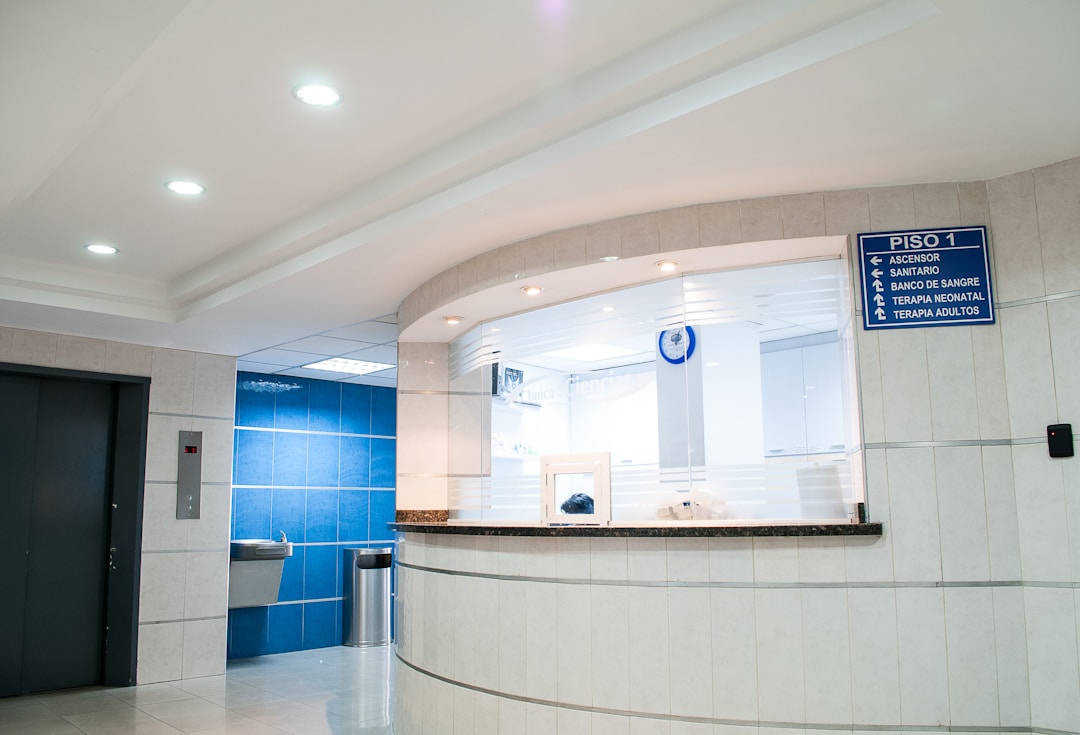The landscape of healthcare has evolved rapidly in the past decades, with ambulatory care centers now offering a broader range of services. These facilities provide outpatient care, which includes consultations, observations, treatments, rehabilitation visits, and other services without an overnight hospital stay. While this evolution has brought about convenience, it has also introduced its own unique set of patient safety concerns. Addressing these concerns requires a proactive approach to ensure patient safety in ambulatory care is ensured.
Understanding the Unique Risks of Ambulatory Care
Ambulatory care centers, by their nature, present different challenges compared to in-patient hospital settings. The rapid turnover of patients, the variety of care providers involved, and shorter interaction times can all contribute to potential safety risks. For example, communication errors might arise due to the quick pace of the environment, or a patient might receive conflicting advice from different specialists during the same visit.
Additionally, many patients seen in these centers have chronic diseases, multiple conditions, or are on several medications, which can make care management more complex. Without comprehensive understanding and coordination, there is an increased risk of mistakes such as medication errors or missed diagnoses.
Cultivating a Culture of Safety

To ensure patient safety, ambulatory care centers must cultivate a culture that prioritizes it at every level. From administrative staff to healthcare providers, everyone must be involved in the process of making safety a core value. This involves regular training, open communication channels for reporting concerns or near misses, and an environment that fosters continuous improvement rather than blame.
In such an environment, errors or potential risks are seen as opportunities to learn and enhance processes rather than as occasions for punishment. When staff feel supported and empowered to speak up about safety issues, they become more vigilant and proactive in their roles.
Standardizing and Streamlining Processes
Inconsistencies in care processes can lead to lapses in patient safety. To mitigate this, ambulatory care centers should work towards standardizing protocols and procedures. For instance, a uniform system for documenting patient histories, symptoms, and treatments can help reduce the risk of missing crucial information or duplicating services.
Streamlining processes also involves incorporating technology effectively. Electronic health records (EHRs) play a vital role in modern healthcare. They can help prevent medication errors, ensure continuity of care across different providers, and facilitate better communication among the care team. A well-implemented EHR system can automatically flag potential drug interactions, allergies, or other safety concerns, providing an additional layer of protection for patients.
Engaging Patients in Their Care
Patients play a critical role in ensuring their safety. By actively involving them in their care processes, ambulatory centers can tap into a valuable resource. Encouraging patients to ask questions, understand their treatment plans, and know the medications they are on, can significantly reduce the risk of errors.
Additionally, providing patients with easy-to-understand educational materials about their conditions or treatments can further empower them. The more knowledgeable a patient is, the more likely they are to notice if something seems amiss, thereby acting as an extra set of eyes and ears in the care process.
Conducting Regular Audits and Feedback Loops
Continuous improvement is the hallmark of any effective safety program. For ambulatory care centers, this means regularly reviewing and analyzing performance data to identify areas of concern or opportunities for improvement.
Conducting routine safety audits can shed light on potential risks or vulnerabilities in the system. By examining incident reports, patient feedback, and other data sources, centers can pinpoint problematic trends or areas and implement corrective measures.
Feedback loops are equally important. This involves not just collecting data, but also acting on it and then reviewing the effectiveness of those actions. By regularly revisiting and refining safety measures, ambulatory care centers can ensure they are always at the forefront of best practices.
Collaborating with Other Healthcare Providers
No healthcare provider operates in isolation. Often, a patient’s journey involves interactions with multiple professionals, from primary care physicians to specialists, therapists, and more. Ensuring patient safety means fostering seamless collaboration among these various stakeholders.
Ambulatory care centers can promote this by creating systems that facilitate easy information sharing and communication with other healthcare entities. This not only ensures continuity of care but also provides a comprehensive view of the patient’s health, making it easier to catch potential issues or contradictions in treatment plans.
Implementing Advanced Technology for Monitoring
As the world of healthcare continues to evolve, the importance of integrating state-of-the-art technology cannot be stressed enough. For ambulatory care, this means leveraging tools that monitor and enhance patient safety in real time. Advanced monitoring devices can help in keeping an eye on vitals, ensuring that any potential anomalies are detected immediately. Such devices can alert care providers to sudden changes in a patient’s condition, allowing for rapid response and potentially averting crises.
Moreover, wearable devices that patients can use outside the ambulatory care environment can provide invaluable data. For patients with chronic conditions, these wearables can track vital metrics and send data back to the care center, ensuring that any potential issues are addressed before they escalate.
Integrating Telehealth and Virtual Consultations
The rise of telehealth has been one of the most transformative developments in recent healthcare history. By incorporating virtual consultations into ambulatory care, providers can maintain continuous engagement with patients without necessitating frequent in-person visits. This not only reduces the risk of potential exposure to infectious diseases but also ensures that patients can access care and consultations from the comfort of their homes.
For patients who might have mobility issues, or for those who live in remote areas, telehealth can be especially vital. Regular virtual check-ins can help monitor their condition, provide medication refills, and offer guidance on managing their health.
Fostering Multi-disciplinary Team Collaboration

A holistic approach to patient care necessitates collaboration across multiple disciplines. This means not just involving doctors and nurses, but also pharmacists, nutritionists, physiotherapists, and even social workers, depending on the patient’s needs. By fostering a culture of multi-disciplinary teamwork, ambulatory care centers can ensure that all facets of a patient’s well-being are addressed.
Regular team huddles can be an effective way to facilitate this. Such meetings allow different specialists to come together, discuss patient cases, and devise comprehensive care plans that address both medical and psychosocial needs.
Enhancing Patient Follow-up Mechanisms
One of the challenges with ambulatory care is ensuring that once a patient leaves the facility, the care doesn’t end. Follow-up mechanisms are crucial in ensuring that treatment plans are adhered to, medications are taken as prescribed, and any side effects or complications are promptly addressed.
To enhance these mechanisms, care centers can leverage automated systems that send reminders to patients for medication, upcoming appointments, or simply to check in on their well-being. Such systems can also provide channels for patients to report any concerns or issues they might be experiencing, ensuring that they always have a line of communication open with their healthcare providers.
Prioritizing Safety in Every Encounter
The growth and importance of ambulatory care centers in the healthcare landscape is undeniable. As these centers continue to play a pivotal role in patient care, the imperative to prioritize safety becomes even more pronounced. Through proactive measures, continuous improvement, and the collective effort of all involved, we can promote an environment where every patient encounter is underpinned by the highest standards of safety.









